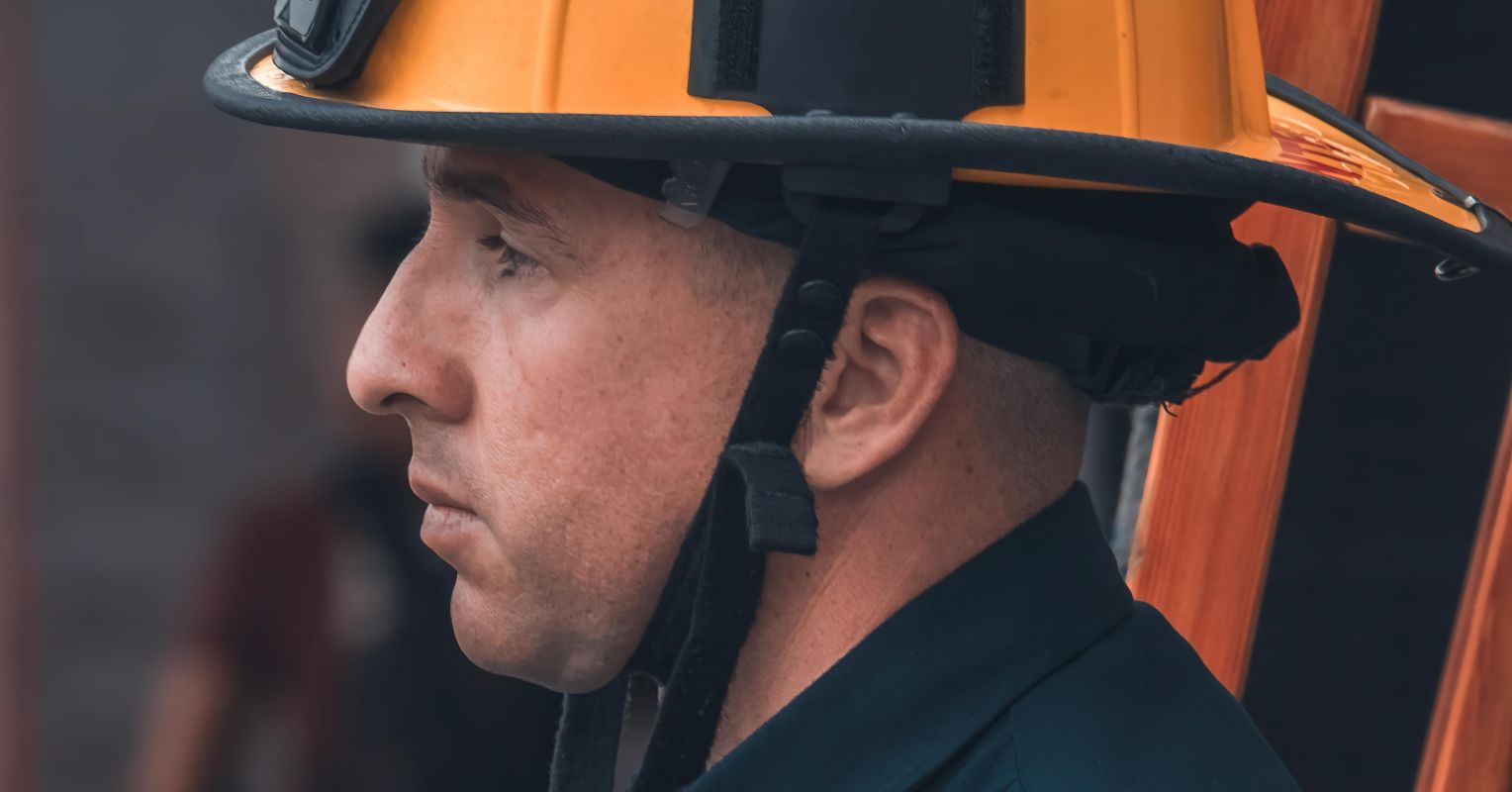
On Saturday, January 11, California Governor Gavin Newsom told NBC News that the Los Angeles-area wildfires will be one of the worst natural disasters in U.S. history. Indeed, this past week, television networks, newspaper columns, and social media have been flooded with horrifying images of the fires that have destroyed thousands of homes and other structures and claimed at least 25 human lives. The media is also filled with reports from first responders who continue to battle the sheer enormity of the disaster and stories from residents who were forced to flee their burning homes.
What happens when a natural disaster impacts large swaths of a population in a discrete time period? What is the long-term psychological impact of such mass traumatization?
Prior natural disaster-related posttraumatic stress disorder (PTSD) research indicates this:
In the immediate term, what people need most are fundamental resources to help secure their personal safety. Even once the danger has ebbed, psychological distress is natural. Survivors may feel on edge, have nightmares, and be overwhelmed by memories of the trauma. They may feel like this for hours, days, or weeks, but humans, by design, are psychologically resilient. The clear majority will heal with the tincture of time.
That said, a substantial minority will not heal naturally, and they will go on to develop PTSD. So, while it is true that the overall risk of developing PTSD remains low, the number of PTSD cases will probably be high because the rate of trauma exposure in the Los Angeles-area wildfires was so high to begin with.
Fortunately, the mental health community has developed effective psychological therapies specifically tailored to treat and manage PTSD. A well-defined pathway that ensures the psychological rehabilitation of those who do need treatment, after this disaster, will be vital.
As a PTSD specialist and trauma scientist, here are three red flags that, if left unattended will, in my opinion, worsen the PTSD rates that follow this disaster.
1. “Act of God” versus human-caused trauma? It matters.
Disaster-related PTSD research suggests that PTSD rates after natural disasters, or “acts of God,” are generally lower than those found after human-made disasters. Such natural events are typically deemed unavoidable when compared with human-caused traumas (e.g., technological catastrophes, accidents, malevolence) or by human design (e.g., war or acts of terror).
Here’s the red flag: The line between natural and human-caused disasters is becoming more blurred. Researchers have argued that the causes of many natural disasters are not exclusively “acts of God.” Human decision-making is an increasingly important component. Although there are many contributors to the severity of a natural or human-caused trauma, traumas perceived as intentionally harmful often make the event more traumatic for people and communities.
2. Social support is vital in promoting natural healing after disaster.
Receiving social support after traumatic events can prevent the onset of PTSD. Even if an individual develops PTSD, a positive social network can help the symptoms heal. In fact, optimizing social support in the early period after a traumatic event has become a standard part of what would be considered excellent treatment. In this way, PTSD goes far beyond the biology of an individual human and extends to our society. This means we all have a role to play in supporting survivors whether it is in person or from afar or in our online communications.
Here’s the red flag: Public discourse that blames victims, shows a lack of empathy for survivors, or is insensitive to the magnitude of suffering will likely interfere with the natural recovery of survivors.
3. Intensity of exposure to the disaster also matters.
This explains the higher rates of PTSD found in first responders who are tasked to fight disasters on the front lines. Prior research found a 50 percent rate of PTSD among firefighters who fought bushfires in southeastern Australia. Other research, done after the Chi-Chi earthquake in Taiwan, found similarly high rates in Taiwanese firefighters.
Here’s the red flag: As wildfires intensify in severity and frequency, firefighters will face the impact of battling multiple wildfires with the cumulative impact of repeated exposures and lack of recovery time significantly increasing their risk of developing PTSD.
There is a dire need for systematic action to combat the mental health burden such disasters are placing on first responders. A coordinated response that provides active outreach, identifies vulnerable subgroups, and, if necessary, offers psychological treatment is a good first step.
For such actions to succeed requires more than lip service, trite words of sympathy, and rhetoric. Rather, it demands a long-term commitment to resources, funds, and unequivocal societal support.
To find a therapist, visit the Psychology Today Therapy Directory.
